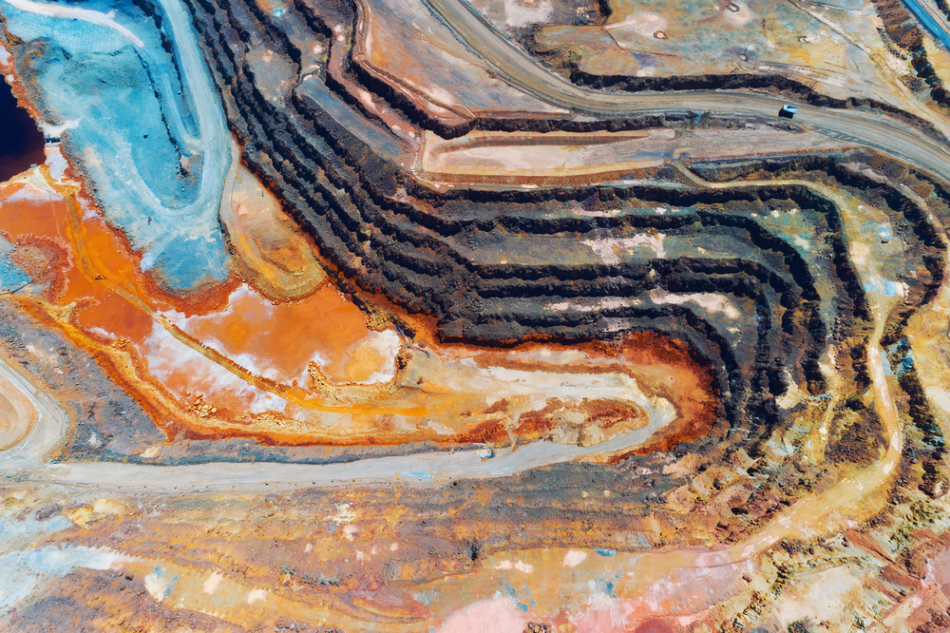Jun 26 2020
Copperstone Resources AB has reported the final outcomes from its initial phase drilling campaign at the Viscaria project, located in Kiruna.

Image Credit: Denis Zhitnik / Shutterstock.com
Out of the scheduled 22,000 m pre-mine drillings, the entire drill campaign included around 8,000 m, and the current announcement includes four holes in the region known as D zone (North).
The findings illustrate major copper intersections in ironstone inside and outside the mineral resource boundary. Copperstone will begin work on mineral resource inventory upgrades and extend its project plans.
These very convincing results encourage us to continue our drilling campaigns in the Viscaria project with a planned re-opening of the mine in sight. The D-zone is increasing by every drill hole, and the Viscaria Copper project is hence growing steadily. With these indications of high-grade copper, our ambition is to further upgrade the already large mineral resource.
Michael Mattsson, CEO, Copperstone Resources AB
Mattsson continued, “As a consequence of the growing project and increased mineralized drill core information, we will need to put further investments and time into the technical part of the environmental permit application, and in parallel I am looking forward to strengthening the organization further.”
Before Copperstone carried out the 7,945 m of diamond drilling, the Viscaria project contained 52 mton with 1.2% copper, as per the JORC 2012 code, or approximately 609,000 tons of copper of inferred, indicated, and measured classes. The copper grade matches with two times the global average and over four times the copper grade of the largest copper mine situated in Europe.
Thus, Copperstone has announced that it has received the assay results of VDD0212, VDD0213, VDD0214, and VDD0215 from ALS laboratories, which was compiled by Copperstone and confirmed by the QP.
Highlights from lab tests:
- In VDD0212, 35.4 m was intersected at 0.7% copper from a depth of 462.8 m, including 18.9 m at 1.3% copper from a depth of 468.1 m.
- In VDD0213, 56.8 m was sectioned at 0.9% copper from a depth of 591.2 m, comprising 14 m at 2.3% copper from a depth of 612 m. It involved 7.1 m at 3.8% copper from a depth of 615.2 m, incl. 4.6 m at 5.3% copper, and incl. 0.6 m at 20.1% copper.
- In VDD0214, the intersection of 4.6 m at 1.4% copper was done from a depth of 751.4 m.
- In VDD0215, 48.1 m was cut at 0.5% copper from a depth of 660.9 m. It comprised of 9.3 m at 1.0% copper from a depth of 689.5 m.
It is not easy to predict the actual scope and future size of the D-zone and its extensions. Its blue-sky potential is regarded as highly prospective. Particularly, VDD0213 and VDD0215 denote that a new mineralized shoot may have been found, with an unidentified origin.